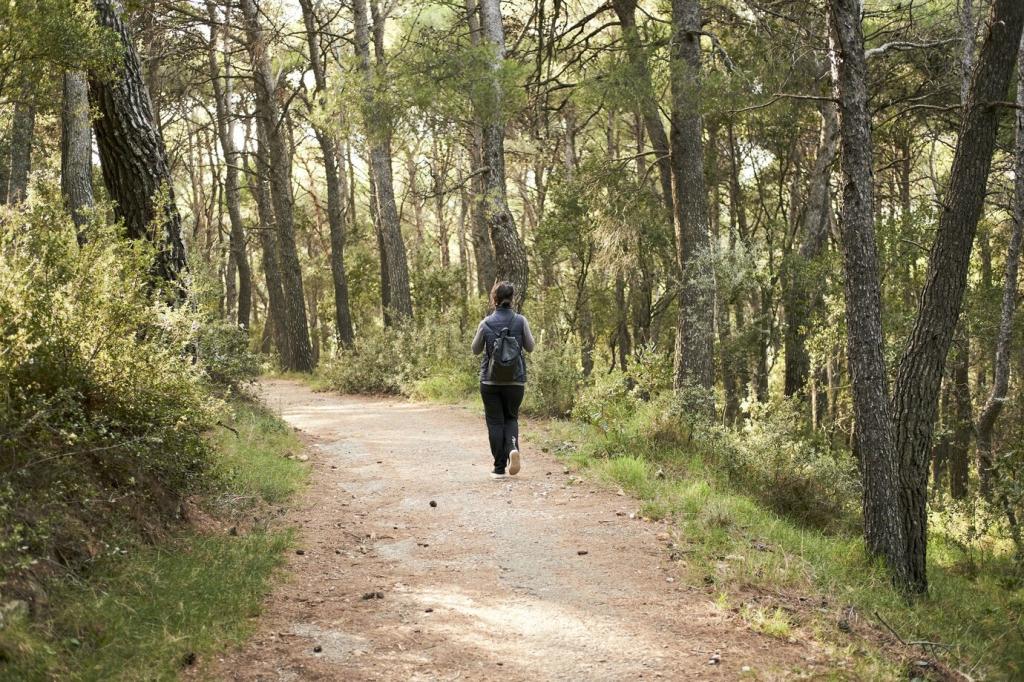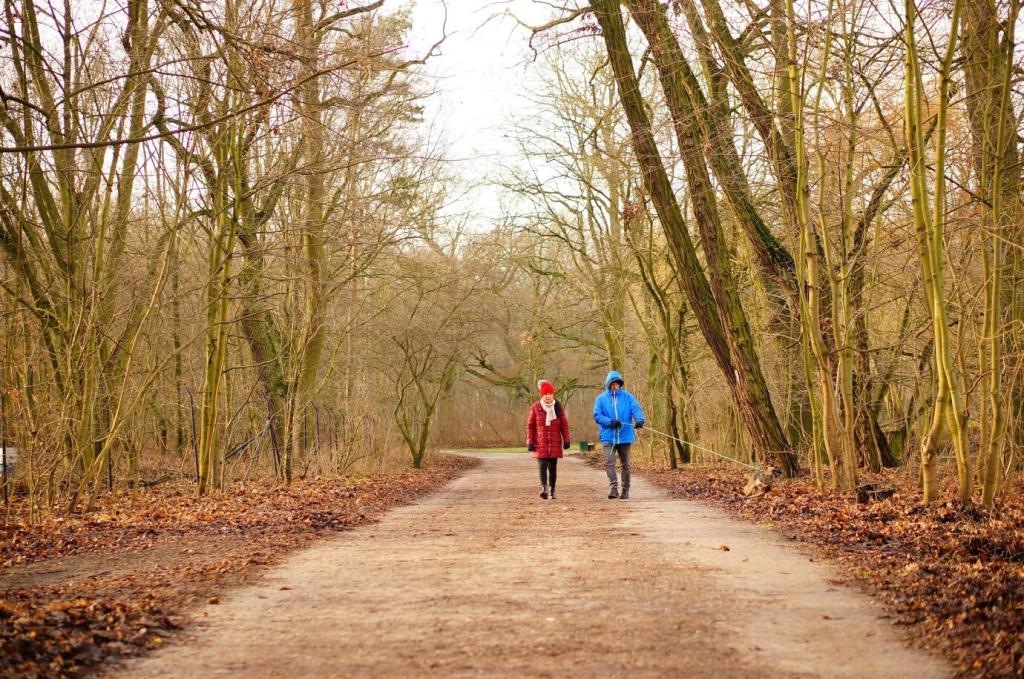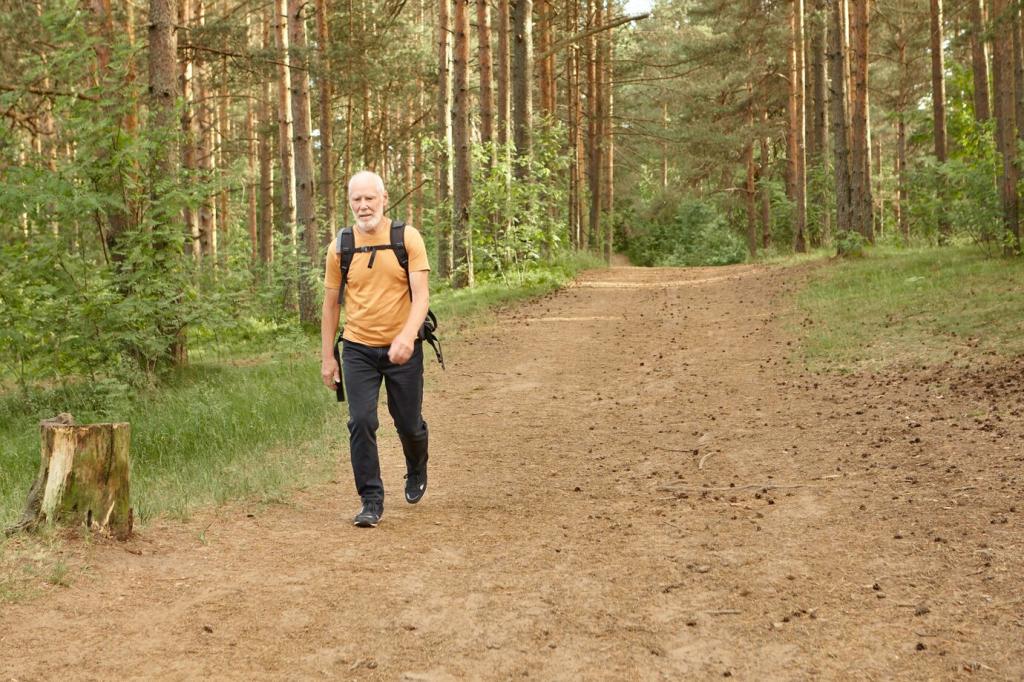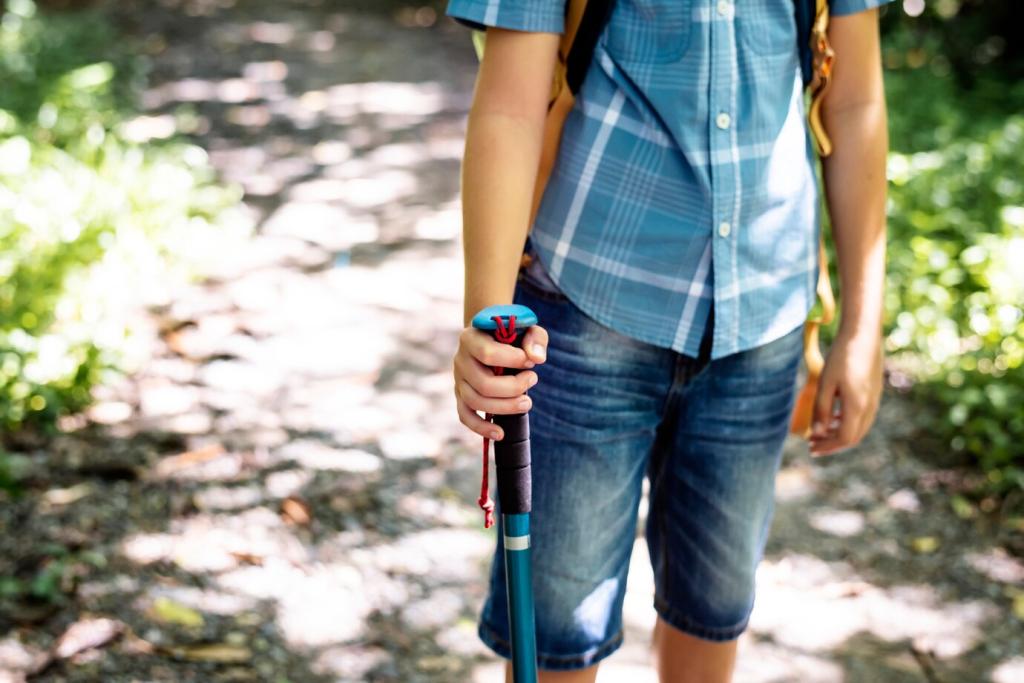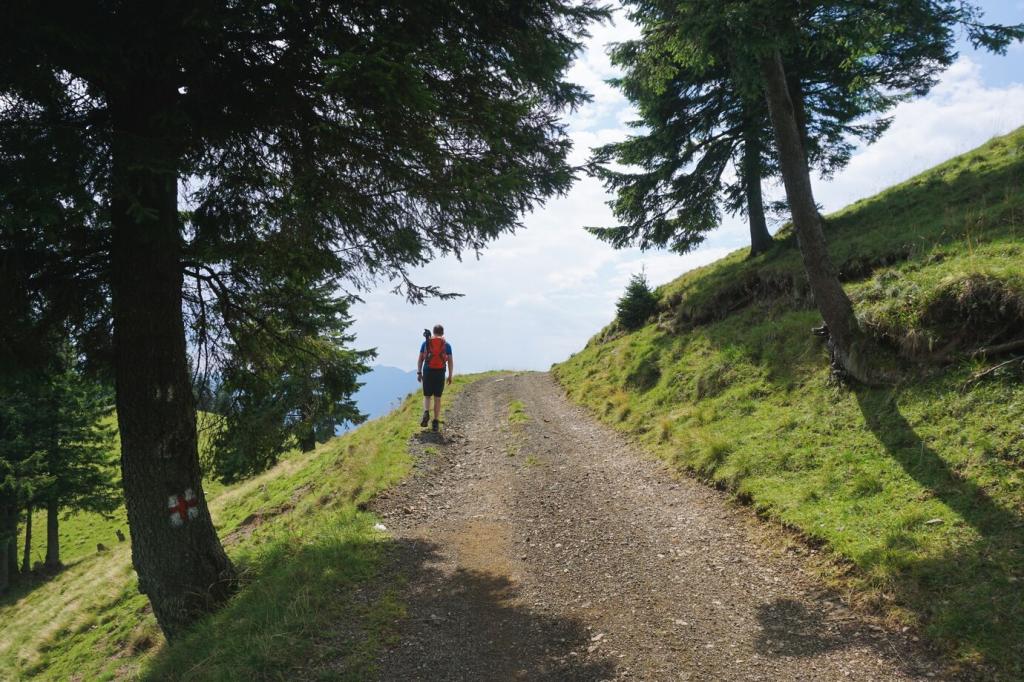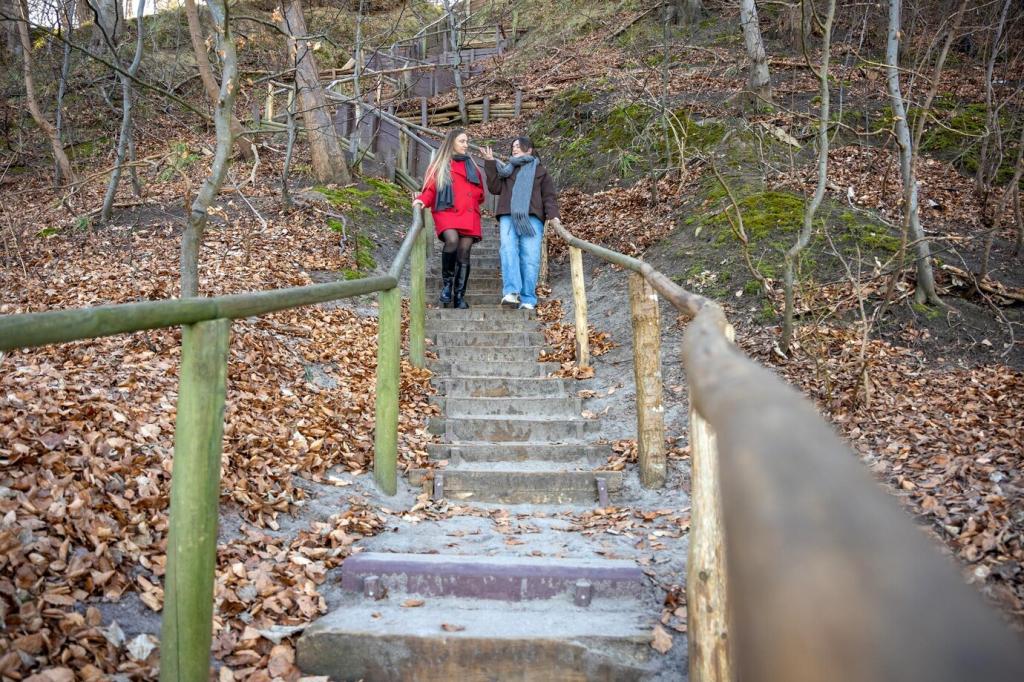Navigation Made Easy
Take a quick photo of the trailhead map, noting junctions and landmarks like bridges or overlooks. Confirm each turn with posted signs and blaze colors. If something seems off, stop and recheck rather than guessing. These small pauses keep an easy hike feeling calm, clear, and wonderfully simple.
Navigation Made Easy
Download offline maps before you lose service, then switch your phone to airplane mode to conserve power. Keep brightness low and carry a small power bank. A compact compass helps with orientation if your phone fails. Share your favorite offline map source for national park trails below.

